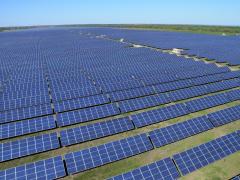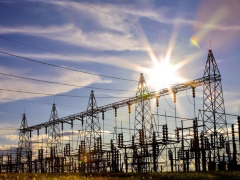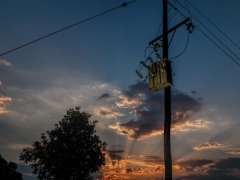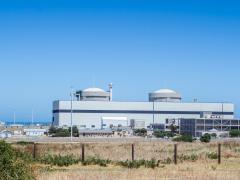Eskom Distribution has outlined how digitalisation and advanced network management systems could underpin South Africa’s transition to active, decentralised electricity networks.
Presenting a paper at the 12th CIGRE Southern Africa Regional Conference in Pretoria recently, Eskom Chief Engineer Shamir Newalani said the rise of distributed energy resources, such as rooftop solar and battery systems, is transforming the country’s historically one-directional distribution networks into dynamic, bidirectional systems.
He said the traditional distribution network operator model – focused mainly on power delivery – needs to evolve into a distribution system operator (DSO) framework capable of managing data, market participation and customer interaction in real time. Systems such as distributed energy resource management, advanced distribution management, outage management and smart metering are central to this shift.
The paper identifies digitalisation as the key enabler of the DSO model. DSOs would act as custodians of network and customer data using regional data hubs to inform operational decisions and improve visibility at low-voltage level. Enhanced data integration would allow utilities to manage distributed generation more efficiently, reduce peak demand and improve outage management and maintenance response times.
Newalani said, while digitalisation offers significant technical and operational benefits, it will also require targeted skills development, cybersecurity safeguards and a phased deployment approach to ensure secure and equitable integration across South Africa’s distribution networks.
The findings align with broader national reforms under the National Transmission Company South Africa and the planned South African Wholesale Electricity Market – both aimed at creating a more flexible, transparent and digitally enabled power system.













